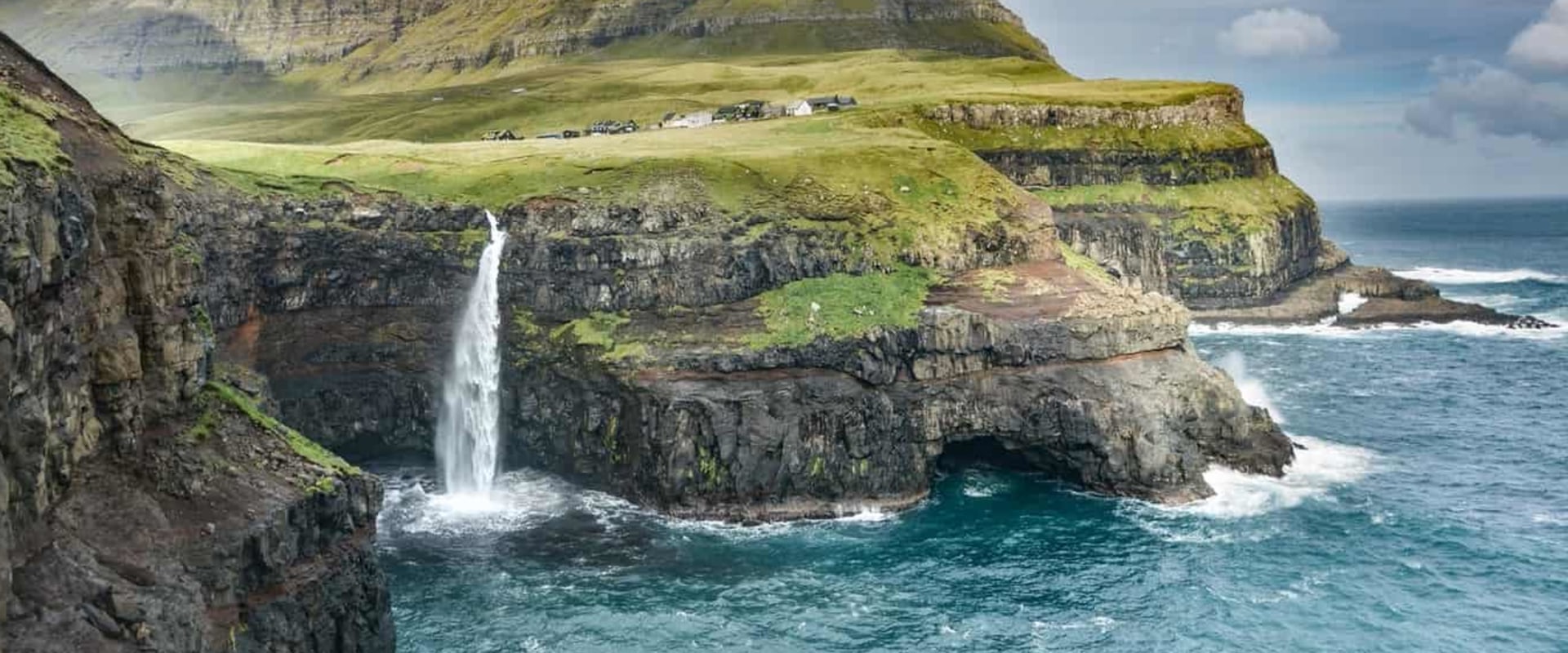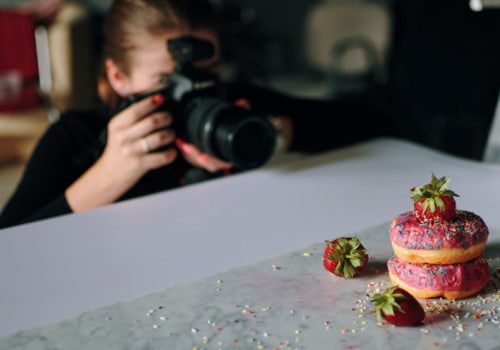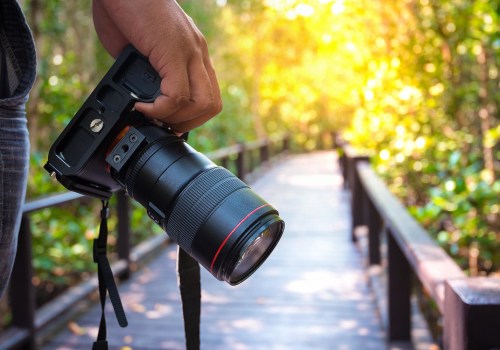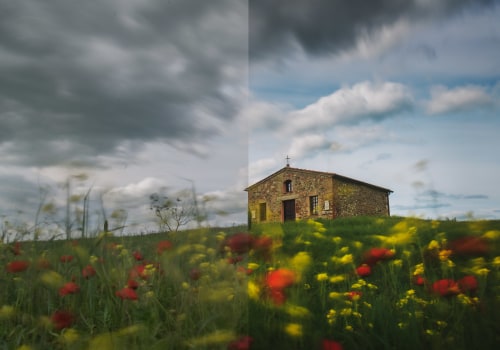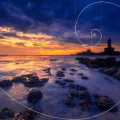Photography is one of the most popular and versatile art forms in the world today. From capturing breathtaking landscapes to capturing everyday moments, photography has something to offer everyone. But, with so many different genres of photography, how do you choose the best one for your portfolio? In this article, we will explore the different genres of photography and help you understand which one is right for you. We’ll start by looking at the different types of photography, including landscape, portrait, street, documentary, abstract, and more. We’ll also discuss the key elements of each genre so that you can understand what makes each style unique.
Finally, we’ll provide some tips on how to get started with each type of photography and how to choose the right genre for your portfolio. Photography is a versatile field, and understanding the different genres of photography can be overwhelming. There are many different types of photography, each with its own unique challenges and opportunities.
Portrait Photography
is one of the most popular genres of photography. It involves taking pictures of people, either individually or in groups.Portrait photography can range from candid shots to highly posed photos. To get started with portrait photography, you'll need a good camera and a variety of lenses, as well as lighting and backdrops. Additionally, you'll need to develop your skills in posing, composition, and lighting.
Landscape Photography
is another popular genre. It involves taking pictures of outdoor scenes, such as mountains, beaches, forests, or other scenic places.To get started with landscape photography, you'll need a good camera and lenses with a wide range of focal lengths. You'll also need to be familiar with basic composition and lighting techniques. Additionally, you may need a tripod or other stabilizing equipment for long exposures.
Sports Photography
involves taking pictures of athletes in action. To get started with sports photography, you'll need a good camera and lenses that can capture fast-moving objects.Additionally, you'll need to be familiar with techniques for freezing motion and capturing dramatic moments. You may also need additional equipment such as a monopod or telephoto lens.
Event Photography
involves taking pictures at special events such as weddings, parties, or concerts. To get started with event photography, you'll need a camera and lenses that can handle fast-paced environments. You'll also need to be familiar with techniques for shooting in low-light situations.Additionally, you may need additional equipment such as a flash or wireless triggers.
Macro Photography
involves taking pictures of very small objects. To get started with macro photography, you'll need a good camera and lenses designed for close-up work. You'll also need to be familiar with techniques for capturing high-resolution details. Additionally, you may need additional equipment such as extension tubes or flash units.Product Photography
involves taking pictures of products for commercial use.To get started with product photography, you'll need a good camera and lenses designed for close-up work. You'll also need to be familiar with lighting techniques for creating flattering images. Additionally, you may need additional equipment such as a light tent or light box.
Street Photography
involves taking pictures of people in public places. To get started with street photography, you'll need a good camera and lenses that can capture candid moments in low-light situations.Additionally, you'll need to be familiar with techniques for capturing people without them noticing. When choosing which genre of photography is right for you, it's important to consider the pros and cons of each genre. Some genres may require more specialized equipment or skills than others. Additionally, some genres may have more potential clients or opportunities than others. It's important to do your research and decide which genre best suits your interests and goals. Once you've chosen a genre of photography, it's important to focus on developing your skills in that area.
Take classes, read books, watch tutorials, and practice as much as possible. Additionally, it's important to network with other photographers in your chosen genre so that you can learn from their experiences and find potential clients. By understanding the different genres of photography and developing your skills in that area, you can create stunning images and build a successful portfolio. With the right equipment and knowledge, any genre of photography can be an enjoyable and rewarding experience.
Types of Photography
Photography is a versatile field with many different genres. From portrait and landscape photography to macro and wildlife photography, the choices are almost endless.To help you make the right choice for your portfolio, here’s a look at some of the most popular genres of photography:Portrait PhotographyPortrait photography focuses on capturing close-up shots of people, usually with a focus on their face. This type of photography can be used for family portraits, headshots, and more. It’s an intimate genre that can capture emotion and personality.
Landscape Photography
Landscape photography is all about capturing outdoor scenes, such as mountains, fields, forests, and bodies of water. It’s a popular genre because it allows photographers to explore nature and capture its beauty.Macro Photography
Macro photography is a type of close-up photography that focuses on capturing small objects in great detail.This genre is often used to capture the intricate details of flowers, insects, and other small objects.
Wildlife Photography
Wildlife photography involves capturing animals in their natural habitat. It’s an exciting genre that requires patience and skill to capture the perfect shot. It also often requires the use of specialized equipment.Food Photography
Food photography is all about capturing the beauty of food. This type of photography is often used by restaurants and chefs to make their dishes look even more appetizing.It can be a challenging genre because it requires the photographer to think about the composition and lighting of the shot. In conclusion, there are many genres of photography to explore and experiment with. From documentary to landscape to portrait, each genre has its own set of techniques and unique style. When choosing a genre for your portfolio, consider what you are passionate about and what will give you the most satisfaction. Be creative and don’t be afraid to try something new.
With practice and dedication, you can create beautiful and unique images that reflect your own style.

